How to Build Muscle and Lose Fat for Athletes
A lot of athletes want to know how to build muscle and lose fat. Some want to know how to simply maintain their weight while building muscle mass and strength. And others may want to maintain muscle while losing fat.

I’m about to share the answers on how to achieve all of that here.
Over the past couple of weeks I’ve shared a ton of nutrition knowledge. I’ve shared how to bulk, how to cut, and the best nutrition guidelines for athletes.
Now it’s only right to touch on the last aspect of nutrition – how to build muscle and lose fat for athletes.
There are five things you want to keep in mind in relation to this topic.
Let’s get into them:
Target Athletes for Building Muscle and Losing Fat
I use a recomposition approach with a wide variety of athletes. But, there are two kinds of athletes in particular that a recomposition approach will be massively effective for.
The first kind of athlete is an untrained athlete.
An untrained athlete is an athlete who has little to no experience in the gym. They’ve never lifted before, or they’ve had little experience doing so.

This kind of athlete can build muscle and lose fat quickly because their body will quickly add muscle mass to their frame once they start lifting. The added activity will also facilitate more fat loss.
That makes recomposition a better choice for this athlete than cutting or bulking
The other kind of athlete that can easily build muscle and lose fat is a detrained athlete.
A detrained athlete is an athlete who has trained before, but has lost muscle, strength, and power over the course of a season.
Once this athlete starts strength training again, his body will quickly add the strength and muscle he lost during the season and then some.
This makes him an ideal candidate to build muscle and lose fat.
Target Weight
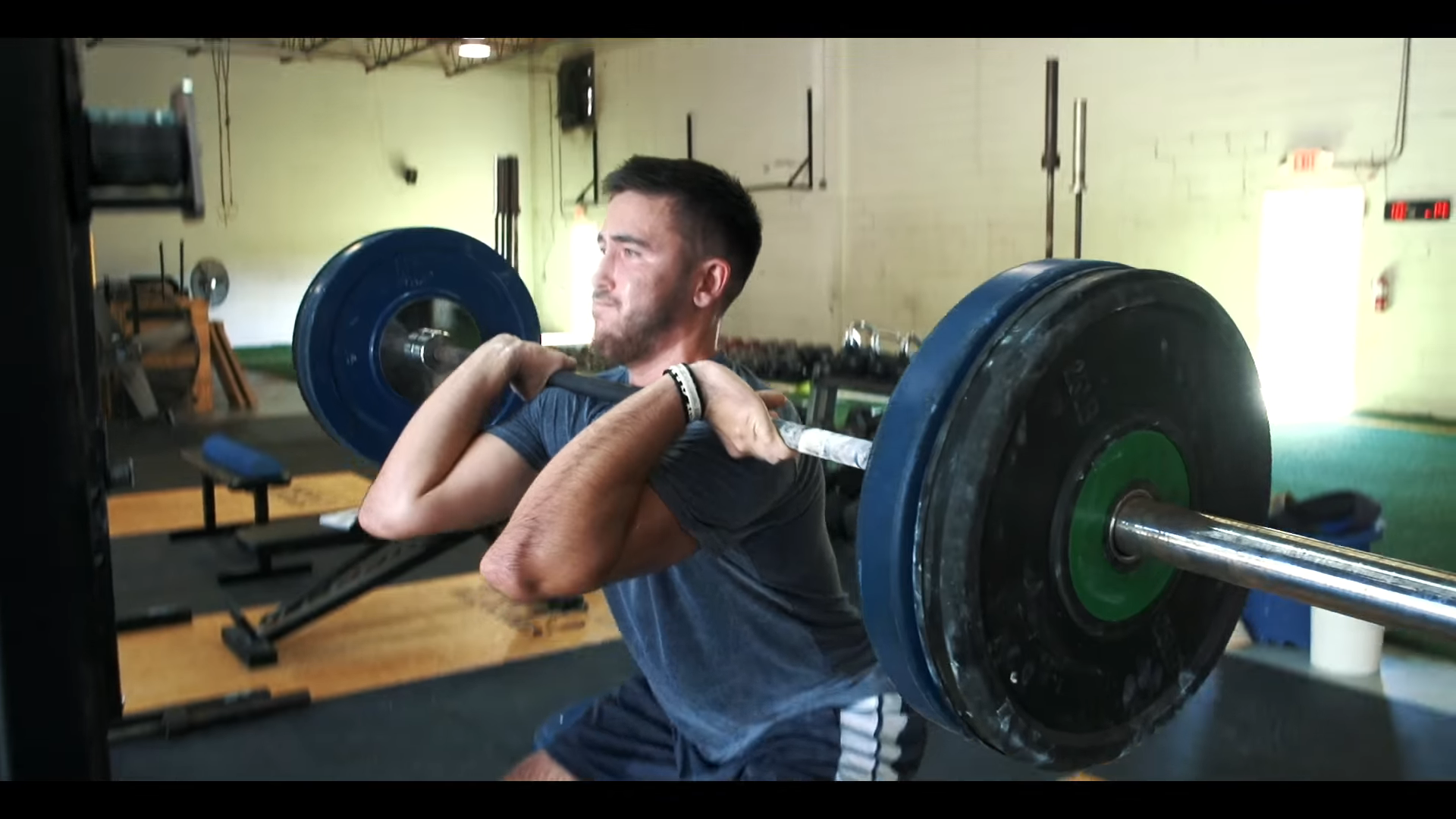
Before you choose to recomposition, you need to have an idea of your target weight.
If your goal is to add 10 pounds, or more, you should opt to bulk instead of recomposition. This is because a recomposition will only stimulate the gain of around five pounds, if that.
On the other hand, if you want to lose a significant amount of weight, a recomposition isn’t for you. You should opt for a traditional cut to lose a significant amount of weight while maintaining muscle.
A recomposition is the best nutrition method for an athlete looking to build muscle and lost fat. Depending on the emphasis of the recomposition, the recomposition may have the athlete add up to five pounds, or lose up to five pounds.
Keep that in mind.
Pick Your Focus: Bulk or Cut

The goal of a recomposition is to build muscle and lose fat, but you still want to have an emphasis.
Like I said above, a recomposition can add or remove up to five pounds from an athlete.
This is why an emphasis is important.
That said, if you’re an athlete who cares more about building muscle than losing fat, you’ll choose parameters that will be more geared towards facilitating muscle gain.
If you’re an athlete who cares more about fat loss than building muscle, you’ll choose parameters that are more geared towards fat loss.
Bulking Recomposition Approach
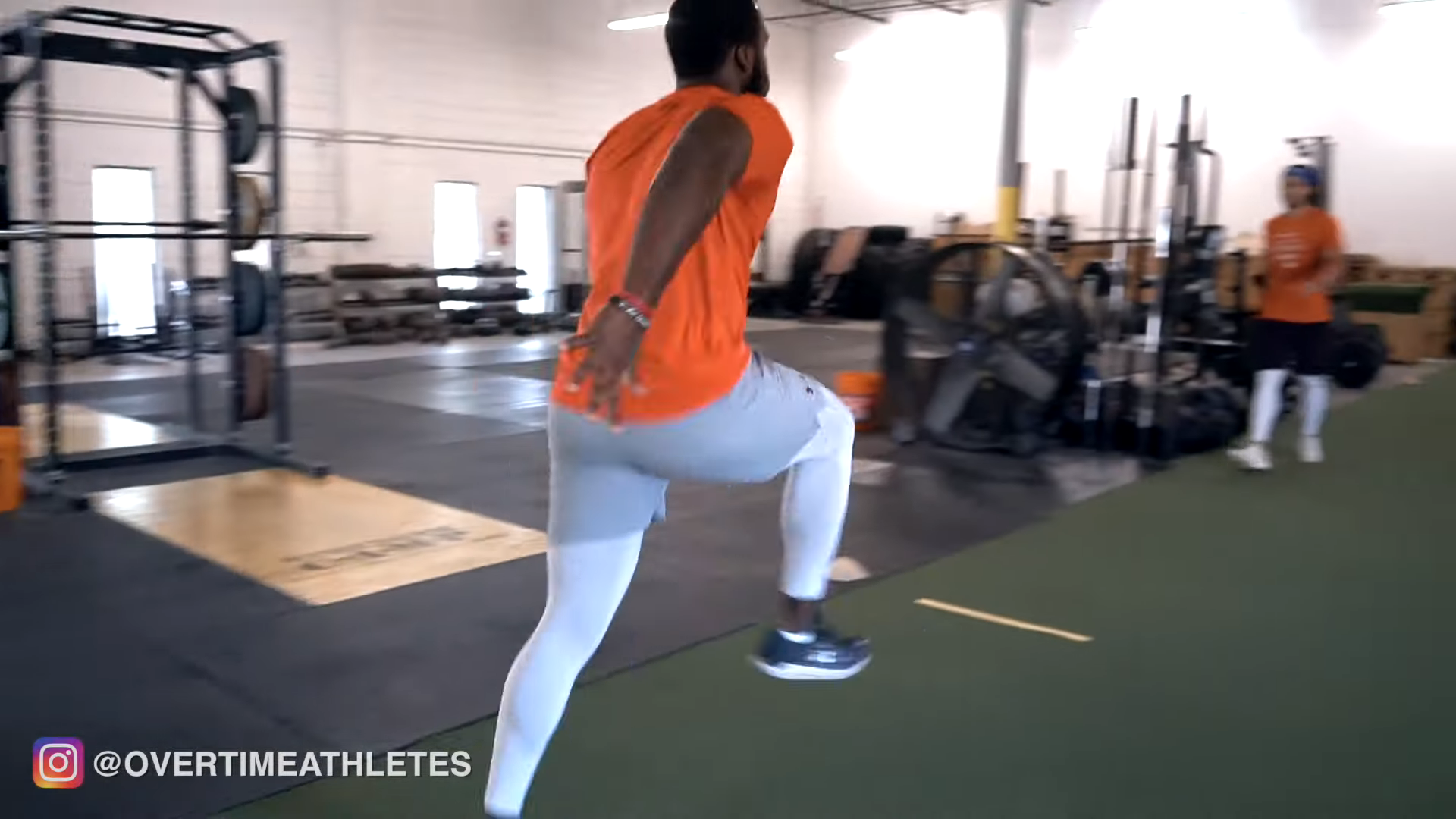
If you want to add a little bit of weight and place your emphasis on building muscle, a bulking recomposition approach is for you.
This means you’ll add about 300 calories to your current caloric intake.
If you don’t know how to find your recommended caloric intake, head to this blog post.
Once you’ve added your calories, you’ll have more macronutrients to play with. In general, if you’re doing a bulking recomposition approach, you’ll want to consume around .8 to 1.1 grams of protein per pound of bodyweight.
You’ll also want to consume more carbohydrates with your caloric surplus to provide more energy to your body for workouts, practices, and games
Cutting Recomposition Approach
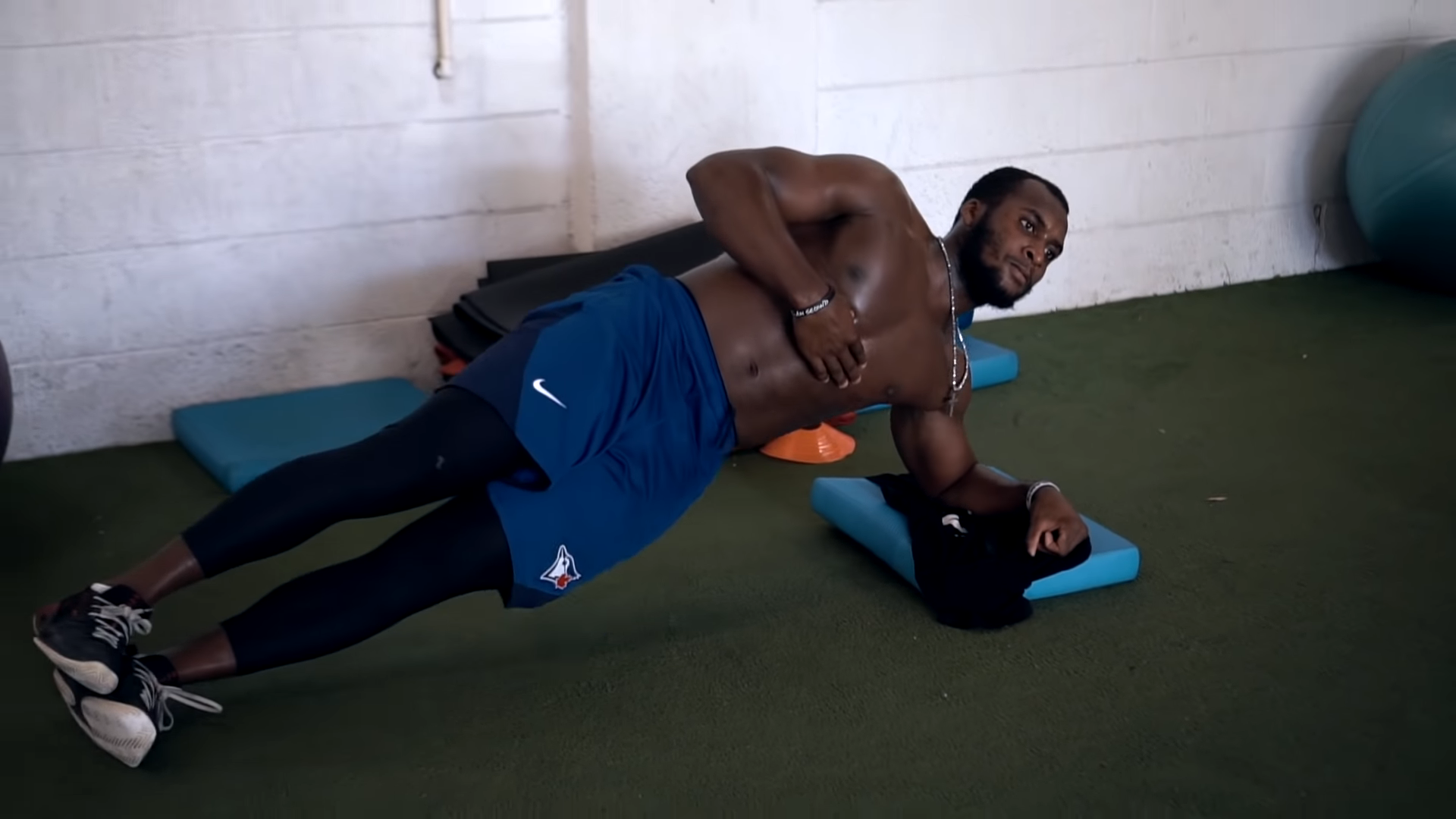
If you want to lose a little bit of weight and place your emphasis on fat loss while building muscle, a cutting recomposition approach is for you.
This means you’ll remove about 300 calories from your current caloric intake.
Once you’ve found your new caloric intake, you’ll have less macronutrients to play with. In general, you’ll want to eat 1.2 to 1.4 grams of protein per pound of bodyweight during a cutting recomposition approach. This is to signal the body conserve, or build, as much muscle as possible while the body radars in on fat.
Meal Timing
Meal timing is important for all athletes who want to maximize their performance with nutrition. But, it’s especially important for athletes who are cutting, or doing a cutting-focused recomposition.
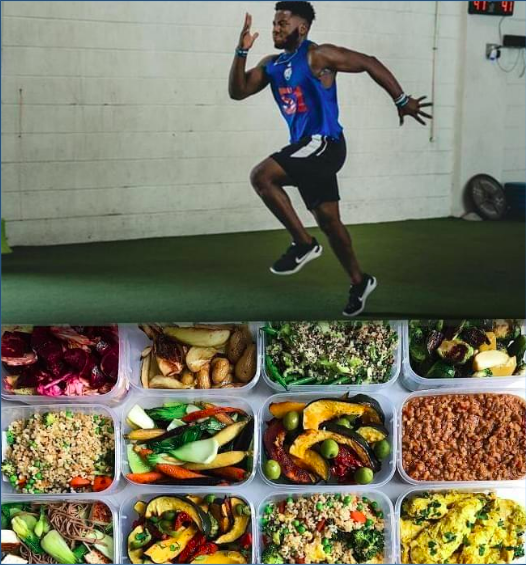
This is because when you cut, you need more protein to signal the body to conserve or build muscle while losing fat. The increased protein intake means carbohydrate intake takes a hit.
If you know anything about nutrition, you know that carbohydrates are a power athlete’s primary food source.
So, if you’re cutting you need to time your carbohydrates around performance times. That means you eat the bulk of your carbohydrates before or around lifting sessions, practices, and games.
If you don’t, you risk lower performance and sluggishness.
Summary: How to Build Muscle and Lose Fat As an Athlete
How do you build muscle and lose fat as an athlete? Here’s a recap:
- Recompositions are ideal for untrained and detrained athletes
- Pick a cutting or bulking focused recomposition technique
- Bulking focused recomposition athletes should eat 300 more calories
- Cutting focused recomposition athletes should eat 300 less calories
- Bulkers should consume .8 to 1.1 grams of protein per pound of bodyweight and increase carbohydrate consumption
- Cutters should consume 1.2 to 1.4 grams of protein per pound of bodyweight to build muscle while losing fat
- All athletes should time their carbohydrate consumption before or around performance times to maximize their performance
The All-In-One Athletic Nutrition Guide
If you want to know the ins and outs of nutrition for athletes, look no further than the Performance Nutrition Manual.
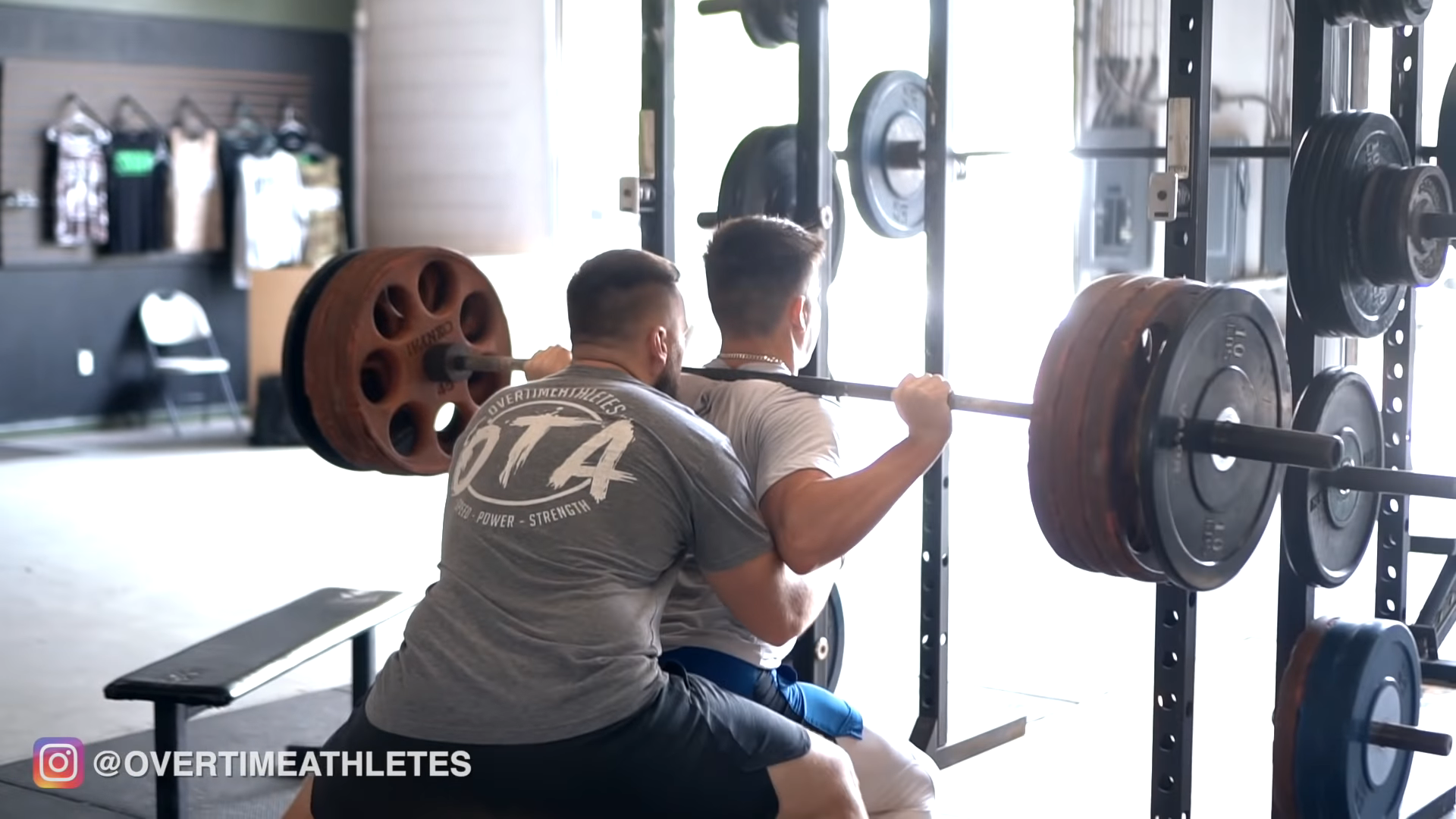
It’s a complete blueprint on how to eat as an athlete. And it will give you the tools you need to create a custom approach to nutrition that feeds your unique athletic needs.
For more details, head over to the link below:
